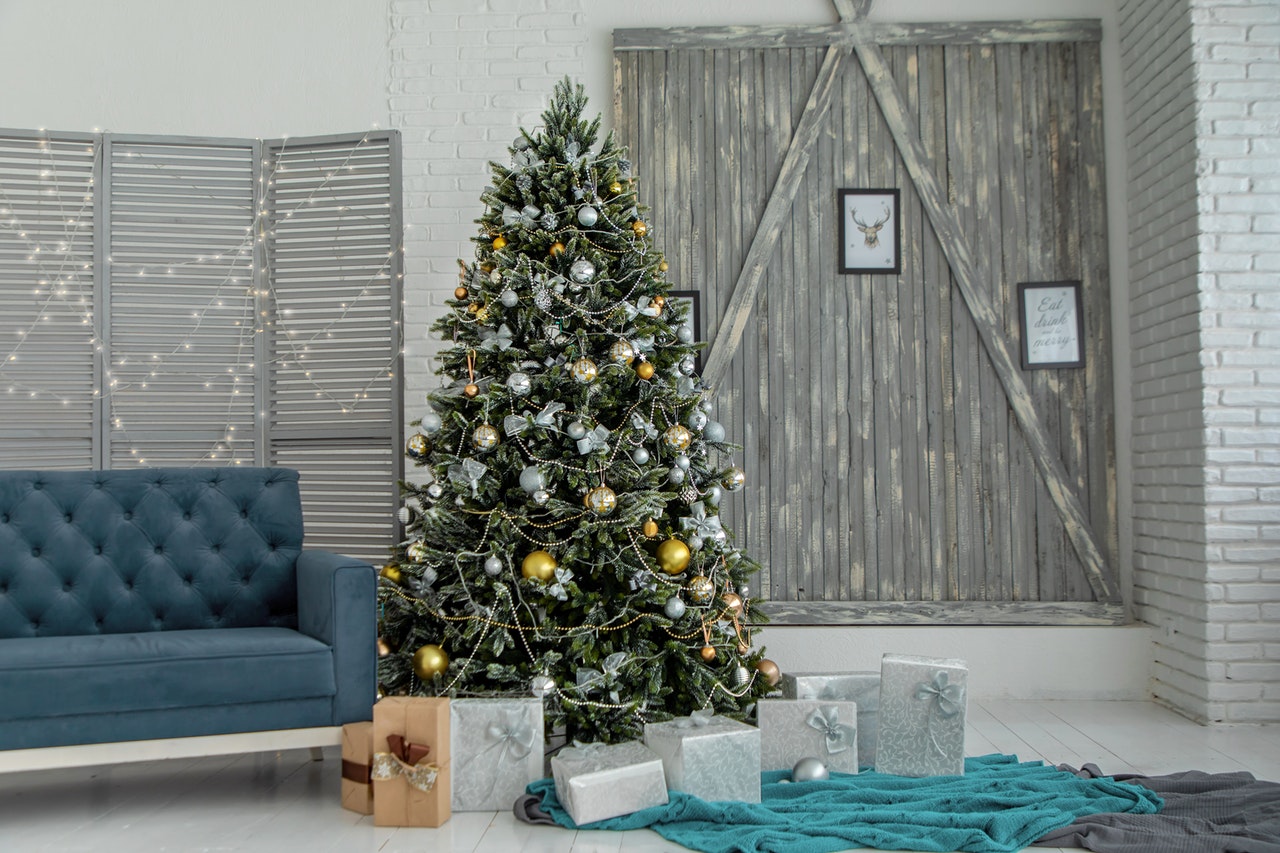Tree Mold and Allergies
The holiday season that starts in late November and continues throughout December can hold some unexpected danger in the form of our seemingly innocent Christmas tree. Christmas tree mold could pose a threat to people with allergies and asthma. In fact, studies published in 2007 and 2011 by allergist Dr. Lawrence Kurlandsky point to potential dangers that mold spores and pollen on Christmas trees carry with them.
It has been revealed that about 70% of the mold found on trees can cause breathing problems. People with pre-existing allergies, and especially those prone to asthma attacks, are most at risk. They can develop symptoms such as sinus and nasal congestion, stuffiness, shortness of breath, or chest tightness, a runny nose, itchy, watery eyes, or a cough. Even worse, people with asthma can experience severe asthma attacks.
Those with allergies might not be aware of the real danger Christmas tree mold poses to them. In general, if we notice that the symptoms develop around the same time every year when we put up the holiday decorations, it may be a good idea to do an allergy test.
Causes of Christmas Tree Mold
Warmth and Humidity
Mold starts to grow on Christmas trees because our homes can afford the right conditions. Inside, the environment is warm and humid, which makes it ideal for mold growth.
Stagnant Air
This might be somewhat surprising, but the fact that modern homes have better energy efficiency features could very well be the leading cause of mold growth on Christmas trees. Modern homes are better insulated overall, and this can have unwanted side effects. It can leave our homes with stale and potentially dangerous air.
Luckily, there are some effective ways to deal with the problem — and they don’t involve forgetting about Christmas trees forever!
What You Can Do to Stop Mold Growth
Get an Artificial Tree
Opting for an artificial tree rather than a live one is one possible solution, but it comes with its own problems. Without proper storage, such a tree can also come out covered with dust and mold.
Artificial trees need to be placed in a bag or plastic container, for example. It is not a good idea to store an unprotected tree in a poorly insulated attic because of potential condensation. Coupled with a dusty environment, this also creates the right conditions for mold growth.
Additionally, using cardboard is another bad idea since mold can also grow on wet cardboard, not to mention that the material can even attract pests. A better choice for storage would be a closet or a finished basement rather than an unheated attic.
Wash It
Before bringing the tree into our home, it may be a good idea to wash it first. Using a leaf blower to remove any pollen or spores can also eliminate some of the risks.
To wash our tree, we can use a mixture of a bit of BAD AXE ONSLAUGHT DISINFECTANT. Another cleaning solution with less harmful side effects for people with breathing problems is just one part vinegar to one part water. This could be a good choice on its own since vinegar is a disinfectant that’s able to kill mold.
Use an Air Purifier
Another way to decrease the risk of breathing difficulties at this time of year is to invest in a good air cleaner system or an air purifier. This may especially benefit people with asthma, as they almost but depend on healthy air.
Timing Matters
The allergic reaction we experience around Christmas — aptly named the Christmas tree syndrome — is definitely real. Thus, if we already have some breathing problems, carefully considering when to put our Christmas tree and for how long to keep it up could be especially important. About five to seven days may be best. After about a week, mold starts to grow rapidly.








